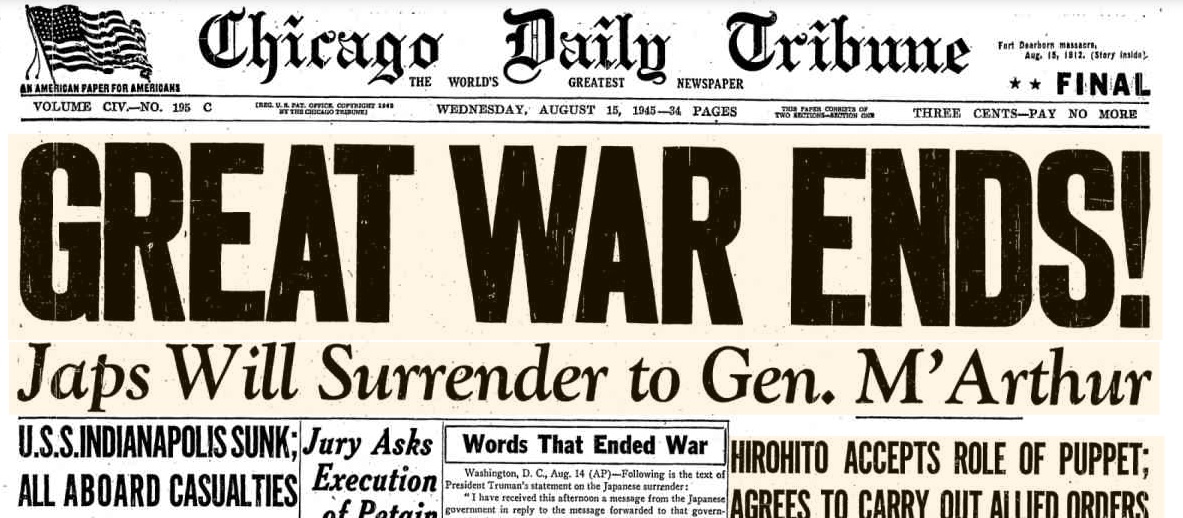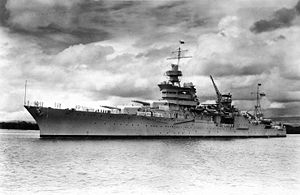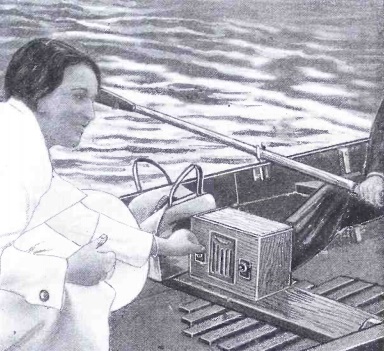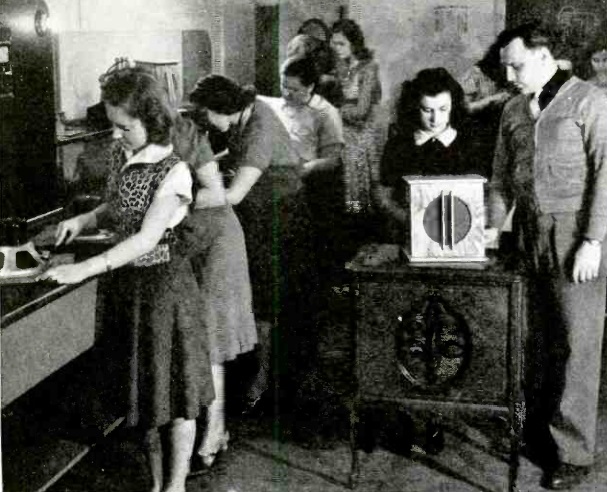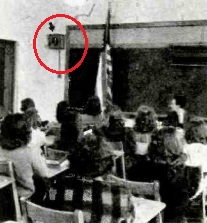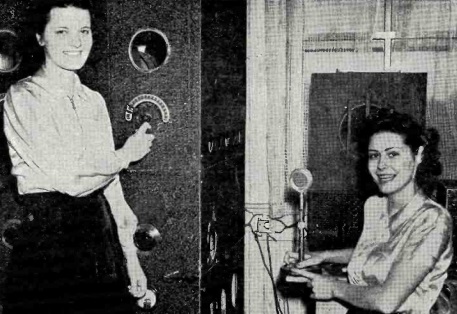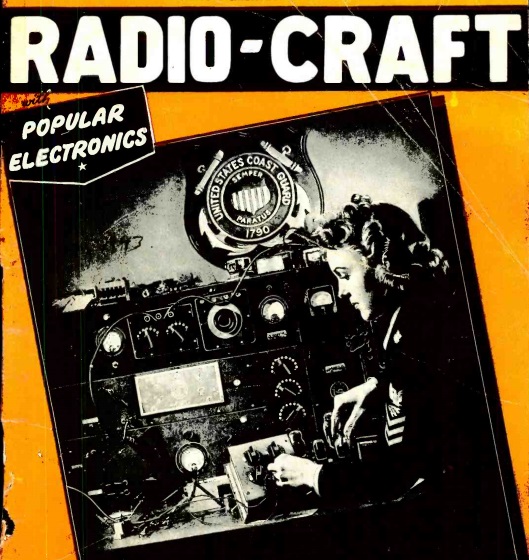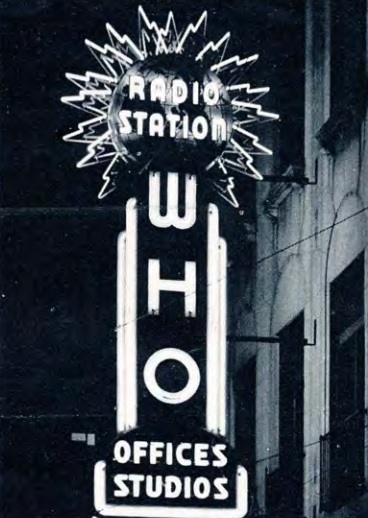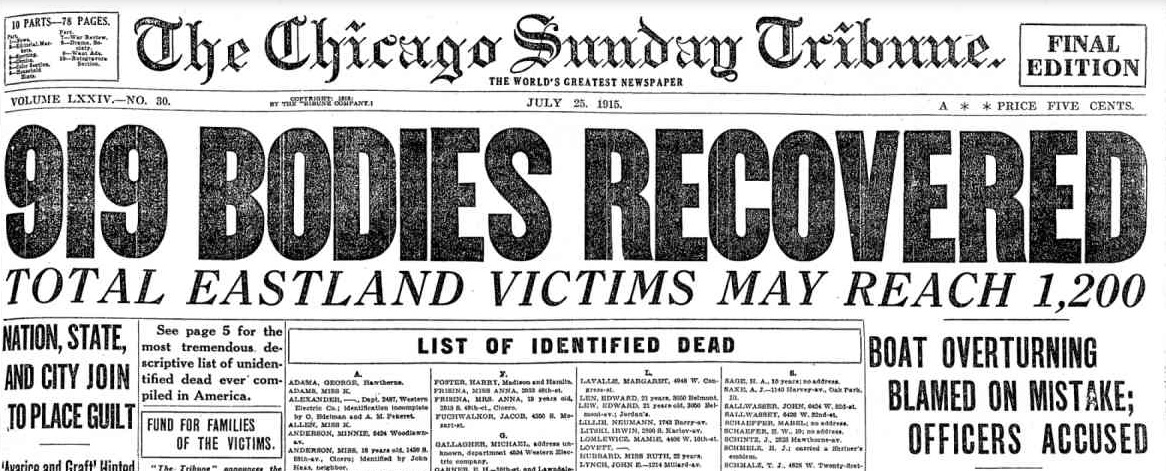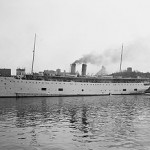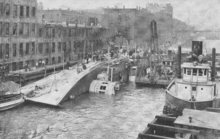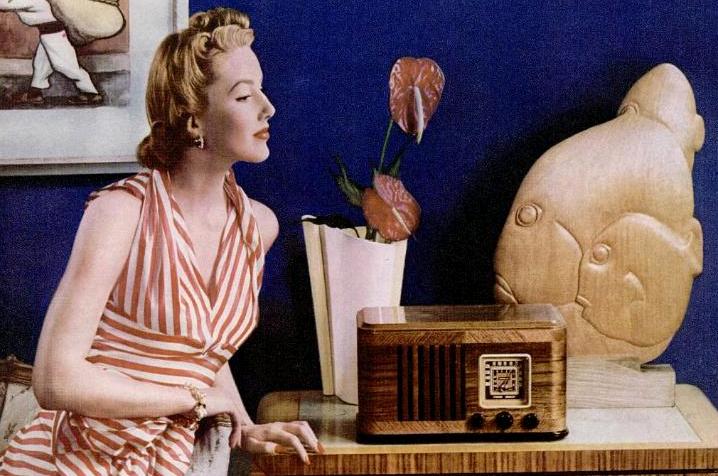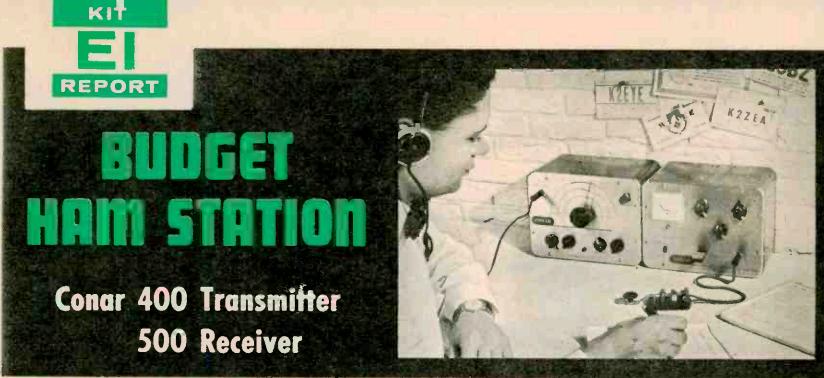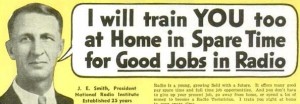Today marks the 100th anniversary of the greatest loss of life in the history of the Great Lakes, the shipwreck of the SS Easland in Chicago on July 24, 1915.
The ship was commissioned in 1902, and served as a passenger and tour boat based in Chicago, with a dock on the Chicago River. The ship had significant problems with listing from the start. The ship was topheavy, and the ship would list from passengers congregated on the top deck. In a 1903 incident, overcrowding caused water to flow up one of the ganglplanks.
On July 24, 1915, the ship and four other ships were chartered by Western Electric to take employees to a company picnic in Michigan City, Indiana. Ironically, safety measures on the ship made the ship more dangerous. In the wake of the Titanic disaster, ships such as the Eastland were required to carry a full set of lifeboats. The added weight on the deck probably made the top-heavy ship more dangerous.
Passengers, many of whom were low-wage immigrant Czech workers, began boarding for the picnic at 6:30 AM. By 7:10, the ship had reached its capacity of over 2500 passengers. The ship began to list to port (away from the wharf), and the crew attempted to stabilize by taking water into the ballast tanks. In the next 15 minutes, a number of passengers rushed to the port side and the ship lurched and rolled onto its side.
The river was only 20 feet deep, and the side of the ship rested on the river bottom. Because of the cool weather, many passengers had already moved below deck, and found themselves trapped. Some of them were crushed by heavy furniture as the ship suddenly tilted. Even though the ship was only 20 feet from shore, a total of 844 passengers and four crew members died in the disaster.
Most of the Western Electric employees had worked at the company’s Hawthorne works. While the plant was open the following Monday, the workers spent most of the day gathered in small groups mourning. The plant was closed on Tuesday and Wednesday for workers to attend funerals. Later that week, the entire Bell System declared a day of mourning, with only essential workers coming in to work, and with memorial services across the country.
A few weeks later, Alexander Graham Bell himself spent the day touring the factory and taking the time to stop at each work station and desk to speak to employees about the disaster.
The ship was raised in August and eventually sold to the Navy. After conversion, she served as the U.S.S. Wilmette, and served largely as a training vessel at Great Lakes Naval Base. The ship was used until being scrapped in 1947.
References
Read More at Amazon
Click Here For Today’s Ripley’s Believe It Or Not Cartoon 
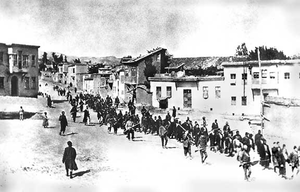
![]()

